lcarreau - Jun 26, 2009 12:02 am - Hasn't voted
Re: lightning experienceWere you on your way to a showing of the new "Transformers" movie ???
(KIDDING!) I really appreciate your comment. I'm not an authority on lightning-related issues, but the intensity and spotinaity of your comment suggests to me that you had a terrifying experience, and were able to cheat the Grim Reaper.
Sounds to me that you received a "GROUND CHARGE." Just a
recommendation, but perhaps you should check yourself in to a
medical facility for a physical check-up. It wouldn't hurt!
By the way, the electrical current that you experienced could
possibly have discharged through your cell phone or car's battery. In the future, perhaps you should pull over until the
storm passes, reducing the hazards that you experienced.
I know we're all in a hurry to get where we're going, but some
of these storms have to be respected to the fullest.
Are you willing to disclose further information, such as the
make and year of the vehicle you were driving???
Keep in mind that things can always be worst, and there's a
silver lining IN every storm. Have a nice day and upcoming weekend !!! !! KEEP ON SMILING !!! !!
SmokeSessionsdotcom - Jun 26, 2009 12:16 am - Hasn't voted
Re: lightning experience1999 Toyota Camry
What other info are you interested in?
lcarreau - Jun 26, 2009 12:20 am - Hasn't voted
Re: lightning experienceNo further info, thanks!
It's time for me to retire for the evening, and have some good
dreams of mountains and such.
SmokeSessionsdotcom - Jun 26, 2009 12:21 am - Hasn't voted
Re: lightning experienceI definately considered pulling over, but was in an unknown place, and it was hard enough to see the lane i was in, let alone the shoulder. I've never been a fan of driving in the rain, especially thunderstorms, but was visiting my friend's mother near Niagara Falls, and just wanted to get there already.
As for going for a medical exam, I seem to be fine.. and shortly after the experience I had no issues. It was definately a little terrifying when I realized it wasn't my cellphone vibrating.
Is a ground charge something like something else getting struck, and the charge flowing through the rain water on the road to my car?
lcarreau - Jun 26, 2009 11:04 am - Hasn't voted
Re: lightning experienceSo, you're stating that both your car and yourself survived the
lightning-related incident ???
A typical lightning bolt can discharge millions of volts and tens of thousands of amps in a fraction of a second.
The best way to AVOID being killed by lightning, not surprisingly, is to avoid being struck. Just because you're NOT right under a storm doesn't mean you're safe - lightning bolts
can reach more than ten miles away from a storm.
Since thunder can only be heard at a distance of three to four miles, it's possible to be hit by lightning before you even know
a storm is nearby.
In your case, it's possible that the lightning strike hit the tower, and traveled beneath the ground at an unspecified depth,
discharging in the vicinity of where your vehicle just happened
to be at that specific moment in time.
Boriss Andean - Dec 21, 2010 9:14 am - Voted 10/10
Lightning experienceThanks Larry for sharing this article, very informative. Sorry about your friend Verl. I lost one of my very best buddies on a bad thunderstorm three years ago as well, since then I'm very careful when I'm in the high country.
Just came back from a trip a few days ago. We tried many times being a target for lightning by avoiding being on ridges, but the last experience was a scary one. We saw at least 30 people coming down from Cotopaxi's refuge, all of them with their hairs risen up (kind of punk style). My ice axe started to buzz and vibrate, it was time to look for shelter inside a bus. It happened right in a snowstorm.
As you said, there is one-in-three hundred chance that you or a family member will be struck by lighting sometime during your lifetime. Well, a female hiker took her chance a couple months ago in the same area, she died instantly.
lcarreau - Dec 21, 2010 6:53 pm - Hasn't voted
Re: Lightning experienceGracias, Boriss, and I'm sorry for your loss.
My friend Verl was preparing to eat his lunch (at 7,000' - 2133.6 m), when he was fatally struck down.
I have never climbed on Cotopaxi, but I'm sure it's capable of
creating its own weather. Sometimes, you gotta take the bad with
the good. A game we all play, but some seem to be much more luckier than others..
TimB - Mar 4, 2011 8:17 pm - Voted 10/10
LarrryA very interesting(and useful) article, indeed.
lcarreau - Mar 4, 2011 8:29 pm - Hasn't voted
Re: Larry ..Thanks, Tim. You guys up there in central Idaho probably don't
have as much lightning strikes to deal with, but I could be wrong.
Arizona gets quite a few strikes during the summer monsoon season.
My friend's house was completely "fried" several years ago when
it was hit by a lightning strike on the Fourth of July.
Hey, it doesn't help to get paranoid over it. Just remember to
keep tabs on the weather when you journey into the wilderness.
Just thinking ... if lightning were to strike an Idaho
potato, it'd probably end up looking something like this ..
TimB - Mar 5, 2011 4:44 pm - Voted 10/10
Re: Larry ..I just can't get away from taters, not even at SummitPost.
:D
I don't think we get as much lightning here as you folks, but we do see some nice thunderstorms upon occasion.
lcarreau - Mar 5, 2011 8:31 pm - Hasn't voted
Re: Larry ..Yes, suppose you do. I wasn't trying to stray away from the
fact that becoming active in the outdoors could pose serious
consequences (to your body) when nasty weather is involved.
Several years ago, I had hoped to do some extensive hiking in
Idaho and Wyoming.
That hasn't happened yet; I'm now a married man with a married wife, so my horizons have been slightly limited by my marital status.
Such is Life. Go figure ..
xDoogiex - Aug 27, 2014 2:17 pm - Hasn't voted
Not sureIve been told I've been struck or at least buzzed by lightning yesterday, but wanted to here what other people had to say. I brought my gf up the kelso ridge on Torreys peak. I could handle it fine but she struggled and we went slow. She had a couple panic attacks and she wouldn't make it back down and rescue told us to finish it. We got to the knife edge at 14,000ft. I was looking for an easy way to the knife edge and the static sound from the rocks became super loud. I scrambled up a rock to find safety and I felt burning on my shoulder blade. It was maybe an inch or so wide. I was like wtf scratched at it and went down and it went away and made her lay down and laid on too of her. Then we were in a snow thunderstorm. Not sure what that burning was. I didn't notice a mark but I have some in the area and not sure if one was it or just scratches I probably had.
lcarreau - Aug 27, 2014 5:38 pm - Hasn't voted
Don't know Doogle ...Might want to have that checked out by a clinical Doctor.
From my meager experience, learned that electricity travels through rocks. Here's one of the so-called "rules" when
climbing amongst the intensity of an electrical storm ...
Don’t lie down on ledges ...
If you’re on a cliff in a lightning storm, don’t lie down on a ledge or sit with your back against the vertical wall since current can pass through you. Instead try to sit or crouch, preferably on insulation like a rope, on the outside edge of the ledge. Also tie in crosswise so you don’t fall off if struck and keep the rope from under your armpits.
alexlbrearley - Dec 3, 2014 8:23 am - Hasn't voted
Here in Aus!Don't know if you still follow this, Larry, but might as well share my interest!
We experience some pretty nice lightning shows here on the mid-north coast of NSW. Typically in the wake of a hot summers day, a westerly or south-westerly thunderstorm will roll through, and can sometimes catch you off guard...or it did for us anyway!
Being interested in sailing, and any other outdoor activity, I like to read the weather maps on a daily basis. It helps to know whats going on when sailing! I've been out on the lake and off the coast a few times as a nice powerful southerly cold front has come through, not always bringing thunder, but almost every storm starts with the air going completely still, and there is this feeling that a change is coming that I cannot describe, no doubt to do with dropping pressure and temperature.
Just this last weekend we made an impulse decision to sail to Newcastle from Lake Macquarie and, although I checked the weather and it seemed good, as we made our way up the coast the wind completely died and the clouds built up, bowling us down from behind. Making the stupid and completely unacceptable mistake of poor planning, we had forgotten our backup fuel can and we didn't have enough to make it to the harbour. Luckily we have friends that live in the harbour and half an hour later they arrived with more. What an experience it was transferring a can of fuel between two boats as we were swaying back and forth in the swell with the lightning closing in behind! "Your going to have to get closer than that, Shirley", captain Cook was yelling from the bow trying to toss us a line, meanwhile the boats are metres from smashing into each other. We shot some footage of the entrance into the harbour on our phones, but its no substitute to being there amidst all of the action! What really brings those chills down my spine are photos people have take of bolts hitting the water in the exact spots where we had been around the same time!
--https://www.youtube.com/watch?v=3yeMBG-O4Xg
One year at our snow fields and our 'version' of mountains, which are hills to the towering mountains over in the states, as we finished up for the day there was a snow storm closing in and we were going up to make our final run. We were near the top of the T-bar in Smiggins - the beginners area, which is also the lowest altitude on the ski fields - when out of nowhere there was a single bolt of lightning, followed by distant rumbling of thunder. This goes to show its not just in the states where these forces of nature occur
In a few weeks time I will be going on a hike/lilo trip in the Colo River, Wallemi National Park. We will be hiking to the gorge where we will begin our decent into the river and spend the following days floating down on our inflatable beds, boulder hopping and camping on the sandy beaches. Last time we did it was winter, so there was plenty of water, very cold water, and good weather! We will then hike back out at Canoe creek. This time it is the beginning of summer and there are concerns of storms coming through causing flash flooding and bush fires, and there is only one way out - down stream! It will be interesting to see how it goes and hopefully we will return home safely with many good memories to share!
I think what has sparked my interest in weather (pun intended!) is the story my mum tells of pushing me in a pram though a storm, running for cover, in England and her hair, and most likely mine, was standing on end!
So yeah!, plenty of lightning down here! Your post is a great read and something to keep in mind whenever those dark clouds appear in the horizon! Your friend will be remembered!
https://fbcdn-sphotos-c-a.akamaihd.net/hphotos-ak-xfa1/v/t1.0-9/10264322_726835290734057_4944997605212868990_n.jpg?oh=9f3df88f24c5294ccda63b94e9766a51&oe=550EA400&__gda__=1428011574_732e0d0895a69e33e365f2eea33e5847
https://fbcdn-sphotos-a-a.akamaihd.net/hphotos-ak-xpf1/v/t1.0-9/1546395_726835280734058_8327755952679975484_n.jpg?oh=41e565ab995b4209b475b99058991189&oe=55204308&__gda__=1426597577_c8ca6ec6ec6b658cf7947edc3791bd6a
Alex
lcarreau - Dec 3, 2014 2:23 pm - Hasn't voted
Re: Here in Aus!Good for ya, Alex! Fortunately, I follow this topic religiously.
My friend returned from Queensland's Gold Coast earlier this year. She had journeyed up to Darwin to visit Kakadu NP in the Northern Territory, and said the weather was cooperative with no mention of havoc raining down from the heavens during the entire couple months she was there ... must have been the dry season.
Great hearing of your adventures! Who is Captain Cook doing you a favour? He sounds like a very nice nautical man to meet on a stormy day !!!
I really miss the ocean. In AZ, we have inland lakes where the
lightning strikes during summer monsoon, but can't say I've ever
witnessed a lightning strike over the great blue sea.
Thanks for your post and best wishes for all your adventures and THANKS for sharing the Youtube video!


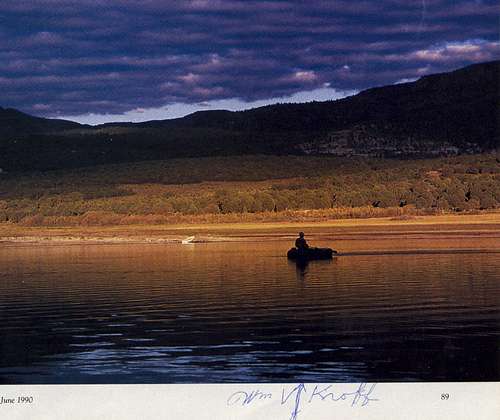
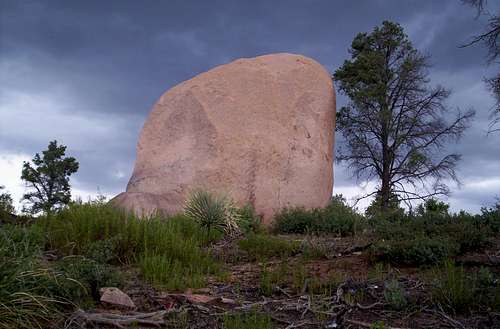
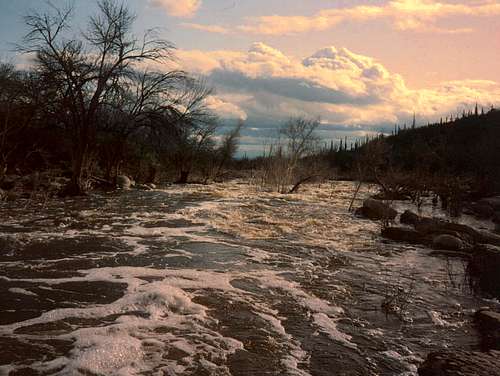

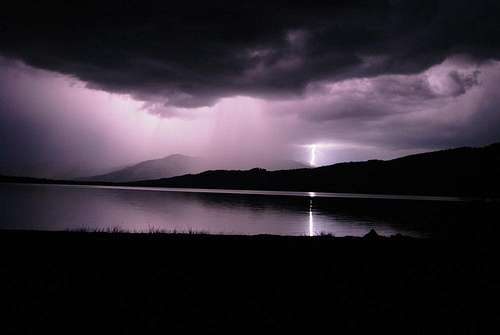
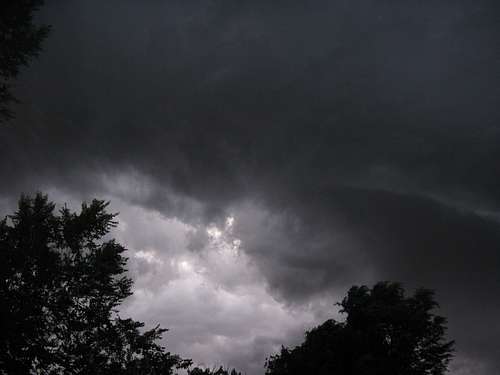







Comments
Post a Comment